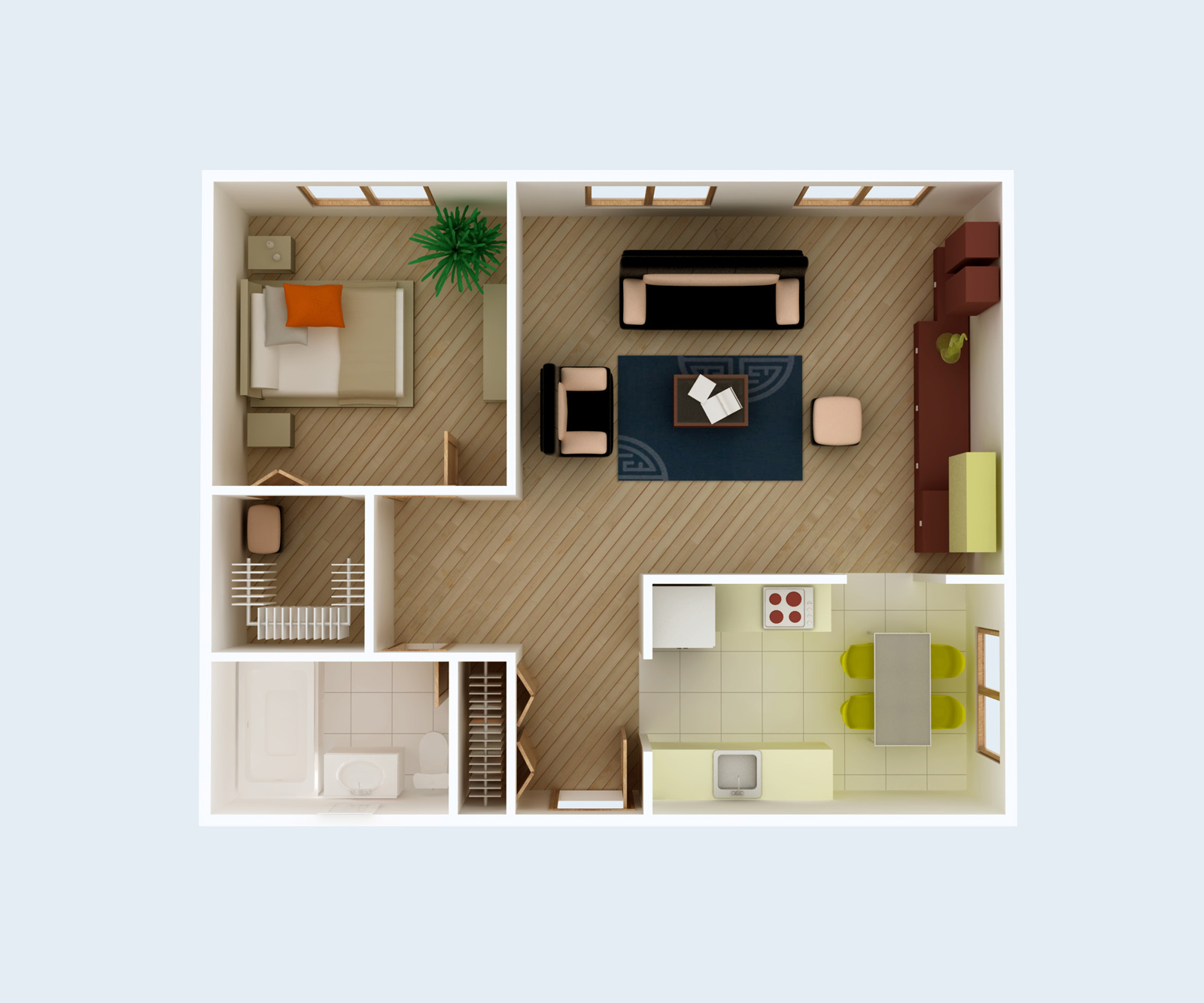Table Of Content

Children that grow up in these homes find these tucked-away spaces a delight for playing hide and seek. There are tiny homes that would be a claustrophobic’s nightmare and mansions that require an army of housekeepers for upkeep. But a traditional Japanese minka would have these rooms on the list below, despite differing sizes, geography, and climate. There is the requisite terrace to enjoy the outdoors and a balcony on the second floor for the same purpose. The main entryway on the first floor has ample space for footwear, which is not allowed in the home interior. Each bedroom is smaller than what you would find in a typical western home.
Interior Design TV Shows Everyone Needs To Watch - The Handbook
Interior Design TV Shows Everyone Needs To Watch.
Posted: Tue, 09 Apr 2024 07:00:00 GMT [source]
Deformed Roofs of Furano
“She brought peace into my home,” Russell says of designer Tiffany Thompson’s work on his zen, neutral-toned residence. The house also features a basketball court, with a lounge encased in floor-to-ceiling glass overlooking the entire gym. At the beginning of 2020, interior designer Brygida Michon and her husband, Neil Rajpal, had just moved back from Paris to New York, and were looking for a tranquil home away from home, outside of the city. Since they were frequently heading up to the Beacon area to rent a cabin for the weekend, they decided to search there. When they laid eyes on The Falls, a 1960s midcentury-modern home with Japanese architectural influences, they instantly fell in love. Floor-to-ceiling windows and playful patterns, like the stripes of the awning, are balanced with traditional Japanese features—most notably, the home’s curved roofing—in this midcentury-modern Dutchess County dwelling.
Book explores innovations of modern Japanese home design - Sentinel Colorado - Sentinel Colorado
Book explores innovations of modern Japanese home design - Sentinel Colorado.
Posted: Mon, 19 Jun 2023 03:23:30 GMT [source]
Which are the most famous interior design books?
The lush greenery and the home are complemented by the red flooring and lavender wall. This narrow house, designed on a budget to provide a sense of distance and direction, is a two-story house divided into seven floors. This tiny but exquisite pitched home is situated on a T junction and is made of a mosaic of stacked chambers that are extruded to form shelf-like structures that are open to both ends of the house. The studio and foyer area of the home’s entrance, which is below grade, has a door leading to the rear. The top level is a mezzanine level with access to the rooftop terrace that looks out over the double-height kitchen and the kids’ room. The limited area creates a sensation of the enclosure and the double-height entryway.
How to design a gray and white living room?
Inside, the spaces are fluid and spacious, ensuring a smooth transition between various zones. Koichi Sato is the 11th head of a family of landowners in Akita, in the northern part of Honshu. Winters here are severe, and everything mantles over with thick snow from November to April. While the exterior and parts of this imposing edifice are built to withstand extreme weather conditions, parts of the interior have been design in the delicate aristocratic Shoin style. Like many traditional Japanese homes, this house contains a square, open hearth (iriori), which was once the center of family life, providing heat, light and a place to cook.
They’re typically made out of a wooden frame covered with paper or cloth on both sides. However, when a lot of people come together, for a family gathering, for example, it can easily be transformed into a proper hall! Glass and wood alternate in the cubic form of Nerima House by the Elding Oscarson studio.
Nameplates and Letter Boxes – Changing With the Time
The front door is flanked by stained-glass windows created by artist Judy Jansen. Perhaps the most well-known example of an architect drawing inspiration from Japan is the late Frank Lloyd Wright. His unfolding, earthbound home designs owe much to Japanese modernism, though they have been dubbed distinctly “American” in the architectural canon. With that in mind, it only makes sense that a trip to Japan feels like a rite of passage for many architects in the United States.
“This combination makes an interesting space with different use of natural materials and shapes, and creates contrast in multiple ways,” Rietbergen explains. “The common love for craftsmanship is also found in Japandi style interiors,” she adds. Japanese architecture is known for its blend of interior and exterior space. Add floor-to-ceiling windows and sliding doors to expose a garden and let in fresh air.

Inside the compact Melt House, the studio designed a double-height courtyard space with a dry garden. This area connects the two wings of the house, offering a serene space to relax. Placed between the kitchen and the living room, the dry garden becomes the heart of the home. The house also boasts curved walls and wooden surfaces as well as folding doors that can separate or connect different areas.
Sail Away in Style: Design Trends for Decorating Your Yacht's Living Spaces
We can build a traditional Japanese live-on-the-floor house, which uses half the square footage of a house designed to accommodate furniture. We can build a wing or the core of a house—usually places where you will hang out, spend a lot of time. The rest of the house can then be built using cheaper modern construction techniques. One doesn’t necessarily need Japanese laundry rooms, storage rooms or garages. The architect incorporated an outdoor bath and shower despite the limited space.
The top floor features a grassy area that contrasts with the surrounding white concrete walls. A separate bathroom space for the toilet features a compacted and elongated design. Interior spaces bordered with long corridors and narrow layouts uphold Japanese design elements.
Below, we pay homage with 10 homes that capture the calm and contemplative spirit of Japanese architecture and design. This oasis-like home, constructed in 1976, is an enthusiastic exercise in Eastern-influenced modernism. Conrad Buff III and Donald Hensman, its architects, were students of Greene and Greene—the illustrious firm that has been credited with California’s introduction to the Arts and Crafts movement. Here, in Pasadena, Buff and Hensman have embraced a Japanese aesthetic and their warm brand of modernism.
Each space has a purpose, yet none of the rooms is divided, and the finishing materials and colours indicate which space is being used where. In this small house, wood and iron are skillfully combined to produce a sense of brightness and space. This upwardly oriented structure in Tokyo was created to make the most of the available space and to maintain harmony between the interior and the cityscape outside the doors. Japanese Small homes are not a new phenomenon; due to the country’s large population and scarcity of land, the demand for small homes is much more economical and a preferred option.
Located on a small plot of land in a Tokyo neighborhood, this Japanese modern house has a special relationship with the surroundings. The studio designed the contemporary dwelling around an existing garden. Slightly sunken, the ground floor features uninterrupted windows that immerse the inhabitants into the garden. The upper level has a higher ceiling as well as 360-degree glazed walls that open the living space to the outdoors. A roof terrace provides the perfect place to lounge in the evening and admire the sunset over the city’s skyline. Japanese design has long been on the cutting edge of style, although along with the country’s forward-thinking innovations, there is also a deep commitment to tradition.














